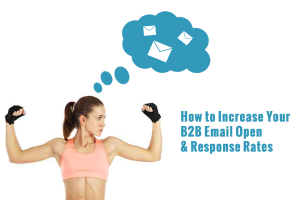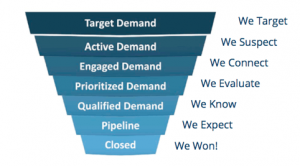Behind Amazon’s Move To Expand Ads On Third-Party Sites
The goal is to start small and to learn and expand into other opportunities to enable search and shopping experiences.
Skai has worked with Amazon for about six or seven years. Inside Performance connected with Nich Weinheimer, executive vice president of strategy at Skai, to discuss some of the benefits for Amazon and advertisers, as well as some of the reasons the marketplace is choosing to do this now.
Inside Performance: Can you describe the benefits for advertisers?
Weinheimer: The primary benefit to advertisers is that the reach ties with their investment in Amazon sponsored products.
The reach helps move the ad type up the funnel and potentially push shoppers in the consideration phase of their purchase journey into converting shoppers — using a unit that is typically and well-recognized as a conversion unit.
If mid-funnel ads can convert better, that is more efficient media spend to grow a brand’s total sales.
There also is an enormous benefit to Amazon and partners like Pinterest here. The expanded reach is not dissimilar from their Dynamic Ecommerce Ads — effectively sponsored products plumbed through Amazon DSP and automatically generated by Amazon’s ad engine.
In this case, the sponsored product ads are syndicated using the same plumbing, but are bought via the Amazon Ads console in the same manner that advertisers buy Sponsored Product Ads for Amazon onsite. This will be a great way for Amazon to help endemic brands and sellers ‘matriculate’ into offsite product ads.
Pulling brands into the upper-funnel ad investment helps Amazon tap into their valuable first-party data and scale brand budgets beyond the performance/ROAS metrics that can anchor many advertisers in lower-funnel, search-like Sponsored Products onsite investments.
IP: Amazon has placed a lot of ads on Google Shopping throughout the years. Do you think that was a test for Amazon to determine how the system would work for them?
Weinheimer: No. This is different. Any ads placed by Amazon on Google Shopping were part of a strategic effort to profitably acquire traffic from a property that used to get 50% of all initial product searches.
As Amazon has taken share in consumer initial product search volume — and as they have trained the world’s largest brands and the largest pool of third-party sellers to spend high-margin ad dollars with Amazon Ads as well as drive traffic into Amazon through investment in offsite, search, social and more — Amazon has ramped back making those investments themselves.
IP: How much did Amazon spend on Google Shopping in the past five years, and are they still spending on the platform?
Weinheimer: It is not clear how much Amazon spent on Google Shopping in the past five years. Some reported that they were spending $50 million per year on Sponsored Shopping ads before they dropped off, which I believe was early in 2018.
(7)
Report Post





